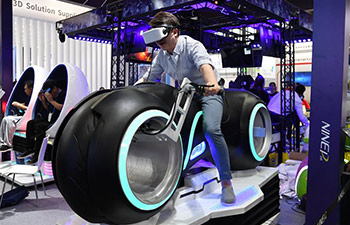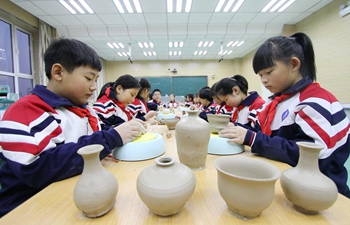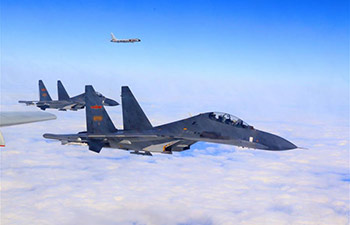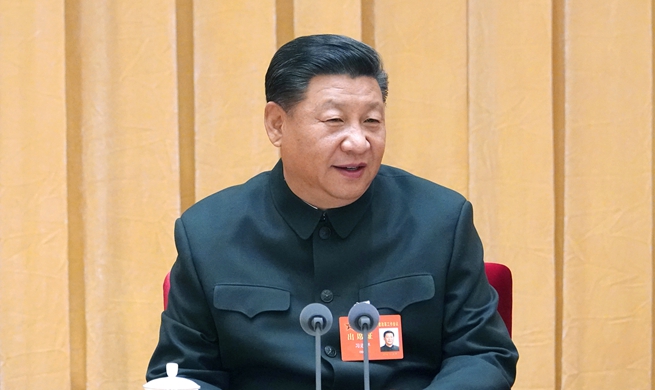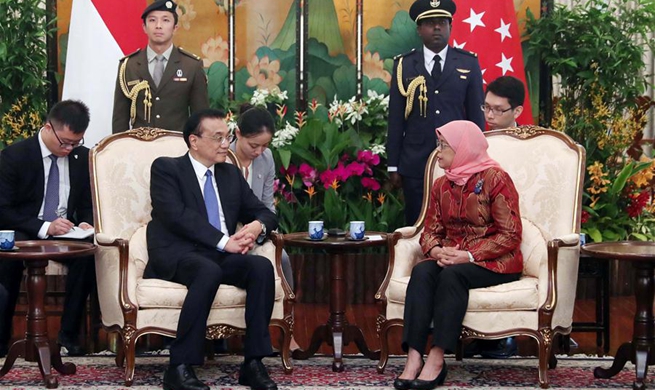HEFEI, Nov. 15 (Xinhua) -- The experimental advanced superconducting tokamak (EAST), or the "Chinese artificial sun," achieved an electron temperature of over 100 million degrees in its core plasma, a key step towards the test running of fusion reactor, a lab in east China's Anhui Province said.
The ultimate goal of EAST is to create nuclear fusion like the Sun using deuterium abound in the sea to provide a steady stream of clean energy, said Gong Xianzu, director of the experiment.
The four-month experiment shows China is making significant progress towards tokamak-based fusion energy production, Hefei Institutes of Physical Science of the Chinese Academy of Sciences said.
The achieved temperature is about seven times more than the interior of the Sun, which is about 15 million degrees Celsius. Gong said the experimental temperature was about 50 million degrees Celsius last year.
The plasma current density profile was optimized through the effective integration and synergy of four kinds of heating power: lower hybrid wave heating, electron cyclotron wave heating, ion cyclotron resonance heating and neutral beam ion heating.
The experiment team said EAST achieved a fully non-inductive steady-state scenario with the extension of fusion performance at high density, high temperature and high confinement, which has provided important experimental evidence and scientific support to the ongoing Chinese Fusion Engineering Test Reactor.




